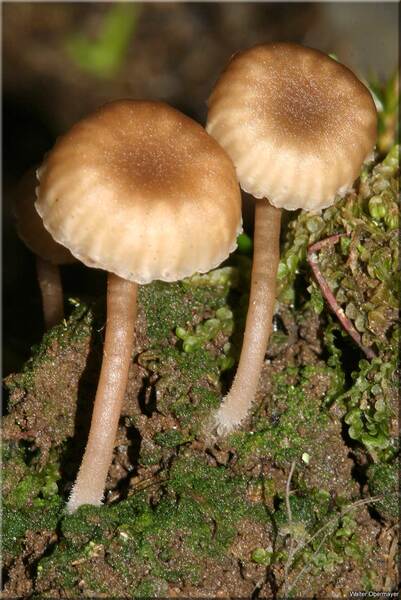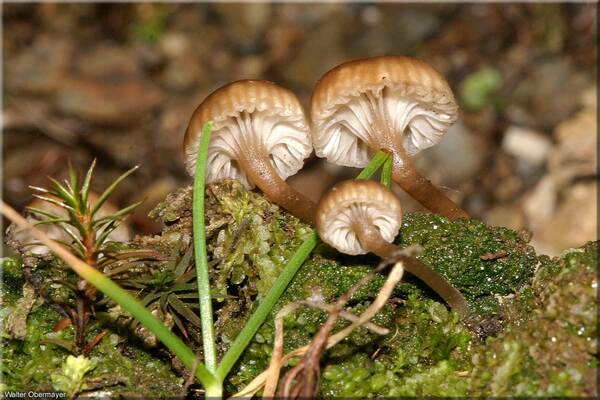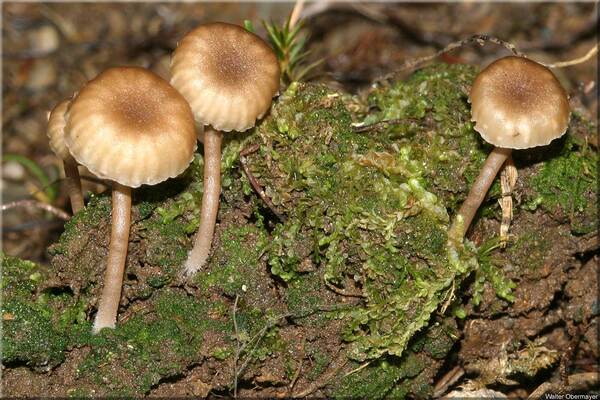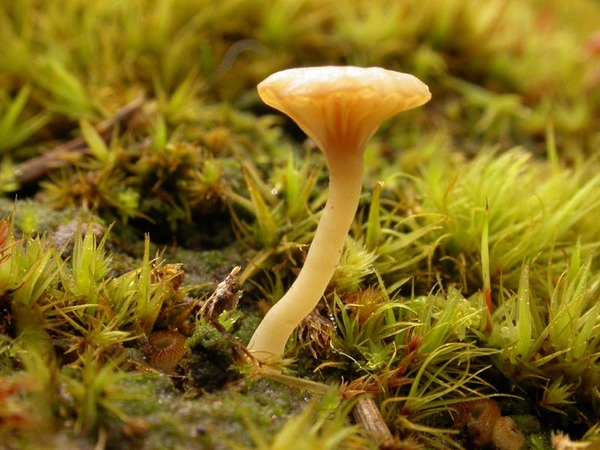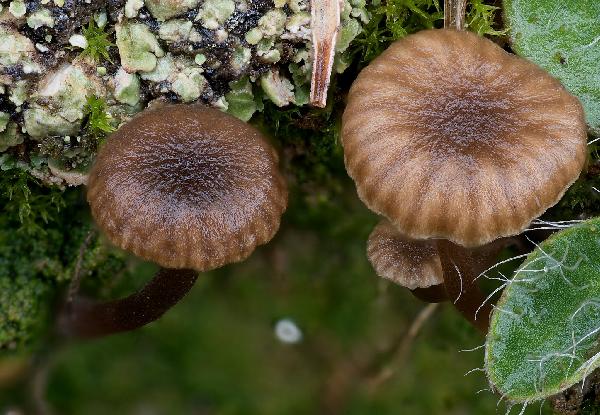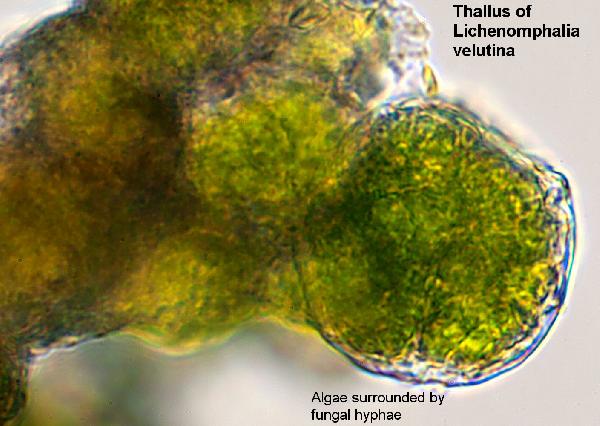Lichenomphalia velutina (Quél.) Redhead, Lutzoni, Moncalvo & Vilgalys
Mycotaxon, 83: 43, 2002. Basionym: Omphalia velutina Quél. - Comptes Rend. Ass. Franc. Avanc. Sci.: tab. 12, 1885.
Synonyms: Botrydina velutina (Quél.) Redhead & Kuyper; Botrydina vulgaris Bréb. p.p.; Lichenomphalia grisella; Omphalia grisella P. Karst.; Omphalina grisella (P. Karst.) M.M. Moser; Omphalina pseudandrosacea auct. non (Bull.) M.M. Moser; Omphalina rustica auct.; Omphalina velutina (Quél.) Quél.; Phytoconis pararustica (Clémençon) P. Roux & P.A. Moreau; Phytoconis velutina (Quél.) Redhead & Kuyper
Distribution: N - Ven (Onofri & al. 2013), TAA (Nascimbene 2013, Onofri & al. 2013, Nascimbene & al. 2022), Lomb (Gaggianese & al. 1999, Onofri & al. 2013), Emil (Onofri & al. 2013, Fariselli & al. 2020). C - Tosc (Monti & al. 1999, Onofri & al. 2013), Sar (Onofri & al. 2013). S - Camp (Violante & al. 2002, Onofri & al. 2013).
Description: Thallus crustose, episubstratic, forming a soft, gelatinous (when wet), green to dark green film made of spherical granules consisting of clumps of algal cells incompletely surrounded by 2-3 µm thick, appressed pseudoparenchymatous hyphae. Clamp connections absent in all hyphae. Basidiocarps not lichenized, with an umbilicate, 0.5-1.3 cm wide, dark brown to grey brown (darker in the central depression), omphaloid, marginally striate cap, much paler, at first white to grey-white, finally often brownish, shortly decurrent lamellae, and a 1.5-3 cm high, 1-3 mm thick stipe which is more or less concolorous with cap, and often pubescent at base. Pileipellis of cylindrical, 3-10 6 µm wide hyphae with ascending free ends, with encrusting pigment forming 'zebra stripes'. Stipitipellis with thin-walled, flexuose hairs in tufts, 45-60 x 7-10 µm. Basidia clavate, with 2(-4) sterigmata, 17-28 x 4-7 µm. Basidiospores 1-celled, hyaline, pyriform, (6-)8-10 x (3-)4.5-6 µm, thin-walled, with a prominent apiculus. Photobiont chlorococcoid (Coccomyxa). Spot tests: all negative. Chemistry: thallus without lichen substances.Note: on acid soil, often in clearings of Pinus-stands; known only from Europe (Swiss, Austrian and Italian Alps) and North America.
Growth form: Squamulose
Substrata: soil, terricolous mosses, and plant debris
Photobiont: green algae other than Trentepohlia
Reproductive strategy: mainly sexual
Commonnes-rarity: (info)
Alpine belt: absent
Subalpine belt: extremely rare
Oromediterranean belt: absent
Montane belt: extremely rare
Submediterranean belt: extremely rare
Padanian area: absent
Humid submediterranean belt: absent
Humid mediterranean belt: absent
Dry mediterranean belt: absent
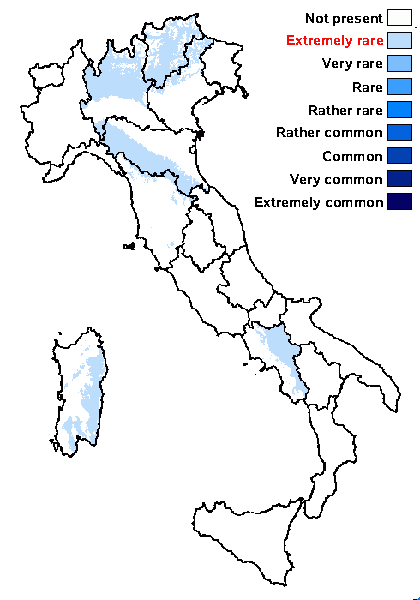
Predictive model
Herbarium samples

Courtesy Danièle et Olivier Gonnet - Source: https://www.afl-lichenologie.fr/Photos_AFL/Photos_AFL_L/Texte_L_3/Lichenomphalia_velutina.htm
France, sur talus forestier siliceux - Lans-en-Vercors - Isère
25/3/2018
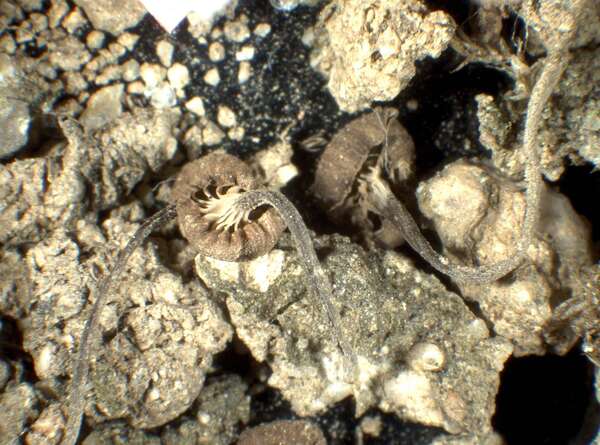

P.L. Nimis; Owner: Department of Life Sciences, University of Trieste
Herbarium: TSB (18146)
2002/07/11
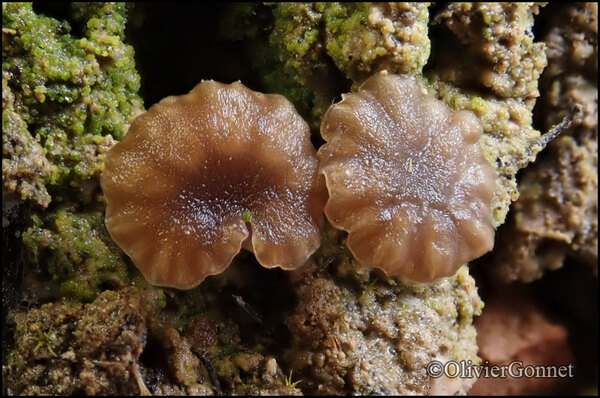
Courtesy Danièle et Olivier Gonnet - Source: https://www.afl-lichenologie.fr/Photos_AFL/Photos_AFL_L/Texte_L_3/Lichenomphalia_velutina.htm
France, sur talus forestier siliceux - Lans-en-Vercors - Isère
25/3/2018
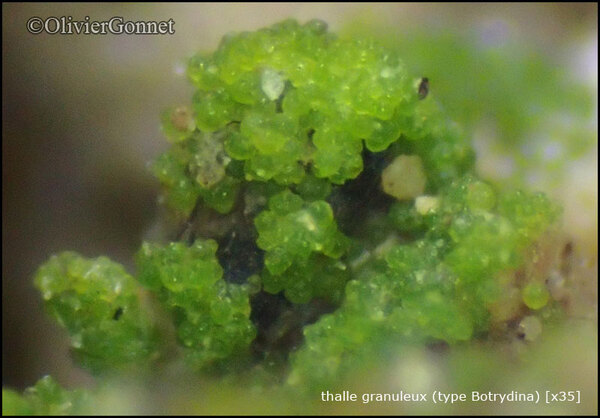
Courtesy Danièle et Olivier Gonnet - Source: https://www.afl-lichenologie.fr/Photos_AFL/Photos_AFL_L/Texte_L_3/Lichenomphalia_velutina.htm
France, sur talus forestier siliceux - Lans-en-Vercors - Isère
25/3/2018
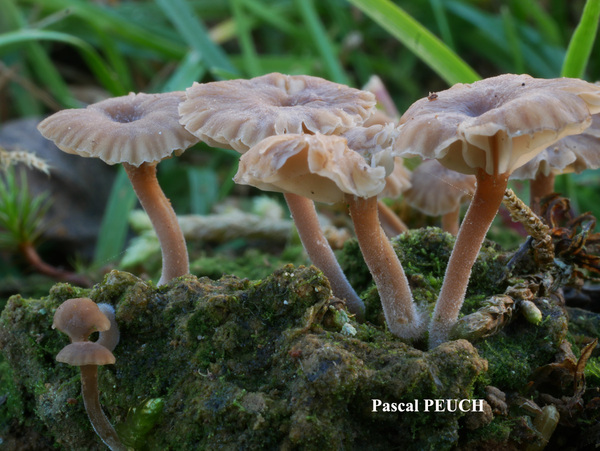
Pascal Peuch - Source: http://www.lichensmaritimes.org/index.php?task=fiche&lichen=1210&lang=en
France, Cherbourg
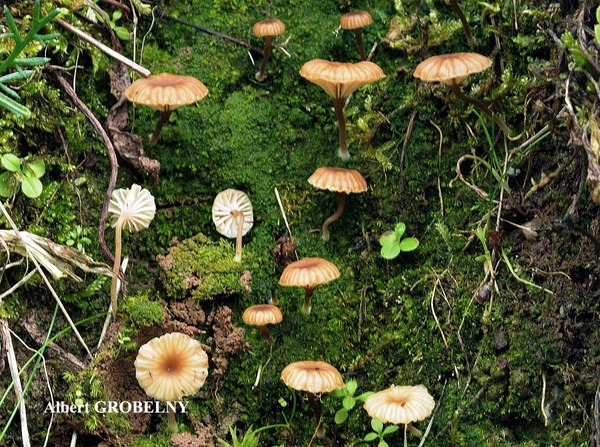
Albert Grobelny - Source: http://www.lichensmaritimes.org/index.php?task=fiche&lichen=1210&lang=en
France, Rion es Montagnes
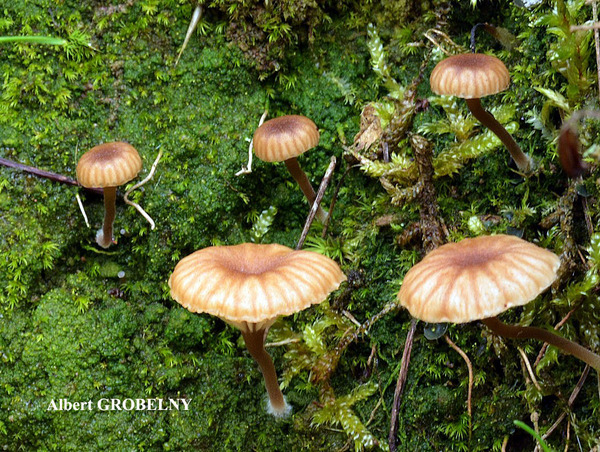
Albert Grobelny - Source: http://www.lichensmaritimes.org/index.php?task=fiche&lichen=1210&lang=en
France, Rion es Montagnes
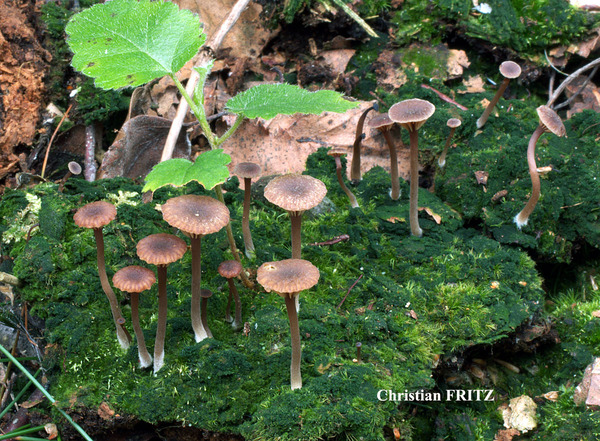
Christian Fritz - Source: http://www.lichensmaritimes.org/index.php?task=fiche&lichen=1210&lang=en
France, Forêt de Haguenau
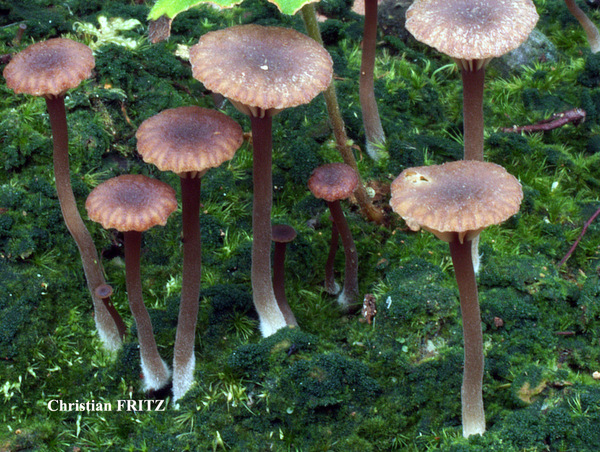
Christian Fritz - Source: http://www.lichensmaritimes.org/index.php?task=fiche&lichen=1210&lang=en
France, Forêt de Haguenau

Christian Fritz - Source: http://www.lichensmaritimes.org/index.php?task=fiche&lichen=1210&lang=en
France, Forêt de Haguenau
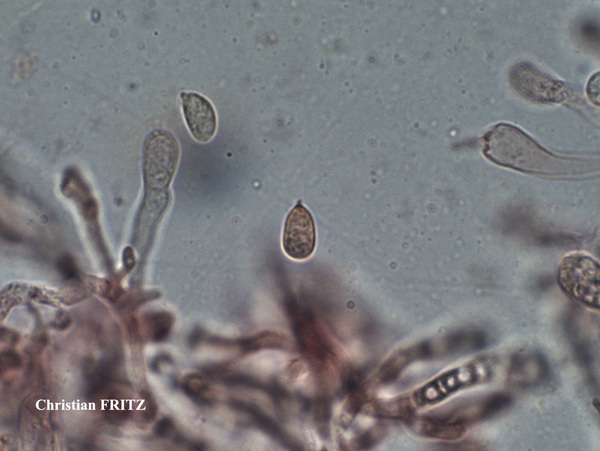
Christian Fritz - Source: http://www.lichensmaritimes.org/index.php?task=fiche&lichen=1210&lang=en
France, Forêt de Haguenau
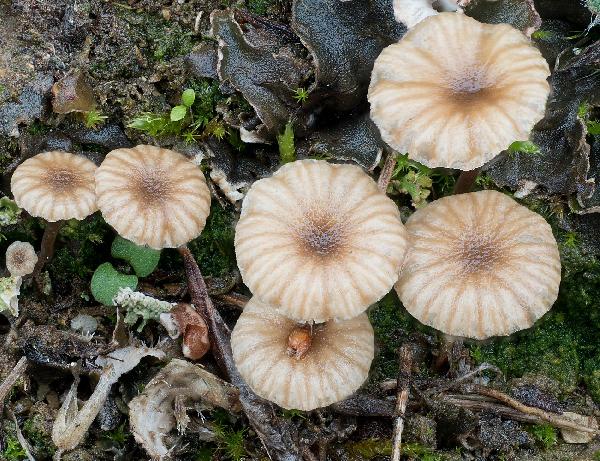
Ulrich Kirschbaum CC BY-SA 4.0 - Source: https://www.thm.de/lse/ulrich-kirschbaum/flechtenbilder
Central Europe; Germany: Hesse.
Growth form: Squamulose
Substrata: soil, terricolous mosses, and plant debris
Photobiont: green algae other than Trentepohlia
Reproductive strategy: mainly sexual
Commonnes-rarity: (info)
Alpine belt: absent
Subalpine belt: extremely rare
Oromediterranean belt: absent
Montane belt: extremely rare
Submediterranean belt: extremely rare
Padanian area: absent
Humid submediterranean belt: absent
Humid mediterranean belt: absent
Dry mediterranean belt: absent

Predictive model
| Herbarium samples |

Courtesy Danièle et Olivier Gonnet - Source: https://www.afl-lichenologie.fr/Photos_AFL/Photos_AFL_L/Texte_L_3/Lichenomphalia_velutina.htm
France, sur talus forestier siliceux - Lans-en-Vercors - Isère
25/3/2018


P.L. Nimis; Owner: Department of Life Sciences, University of Trieste
Herbarium: TSB (18146)
2002/07/11

Courtesy Danièle et Olivier Gonnet - Source: https://www.afl-lichenologie.fr/Photos_AFL/Photos_AFL_L/Texte_L_3/Lichenomphalia_velutina.htm
France, sur talus forestier siliceux - Lans-en-Vercors - Isère
25/3/2018

Courtesy Danièle et Olivier Gonnet - Source: https://www.afl-lichenologie.fr/Photos_AFL/Photos_AFL_L/Texte_L_3/Lichenomphalia_velutina.htm
France, sur talus forestier siliceux - Lans-en-Vercors - Isère
25/3/2018

Pascal Peuch - Source: http://www.lichensmaritimes.org/index.php?task=fiche&lichen=1210&lang=en
France, Cherbourg

Albert Grobelny - Source: http://www.lichensmaritimes.org/index.php?task=fiche&lichen=1210&lang=en
France, Rion es Montagnes

Albert Grobelny - Source: http://www.lichensmaritimes.org/index.php?task=fiche&lichen=1210&lang=en
France, Rion es Montagnes

Christian Fritz - Source: http://www.lichensmaritimes.org/index.php?task=fiche&lichen=1210&lang=en
France, Forêt de Haguenau

Christian Fritz - Source: http://www.lichensmaritimes.org/index.php?task=fiche&lichen=1210&lang=en
France, Forêt de Haguenau

Christian Fritz - Source: http://www.lichensmaritimes.org/index.php?task=fiche&lichen=1210&lang=en
France, Forêt de Haguenau

Christian Fritz - Source: http://www.lichensmaritimes.org/index.php?task=fiche&lichen=1210&lang=en
France, Forêt de Haguenau

 INDEX FUNGORUM
INDEX FUNGORUM
 GBIF
GBIF
 DOLICHENS
DOLICHENS
